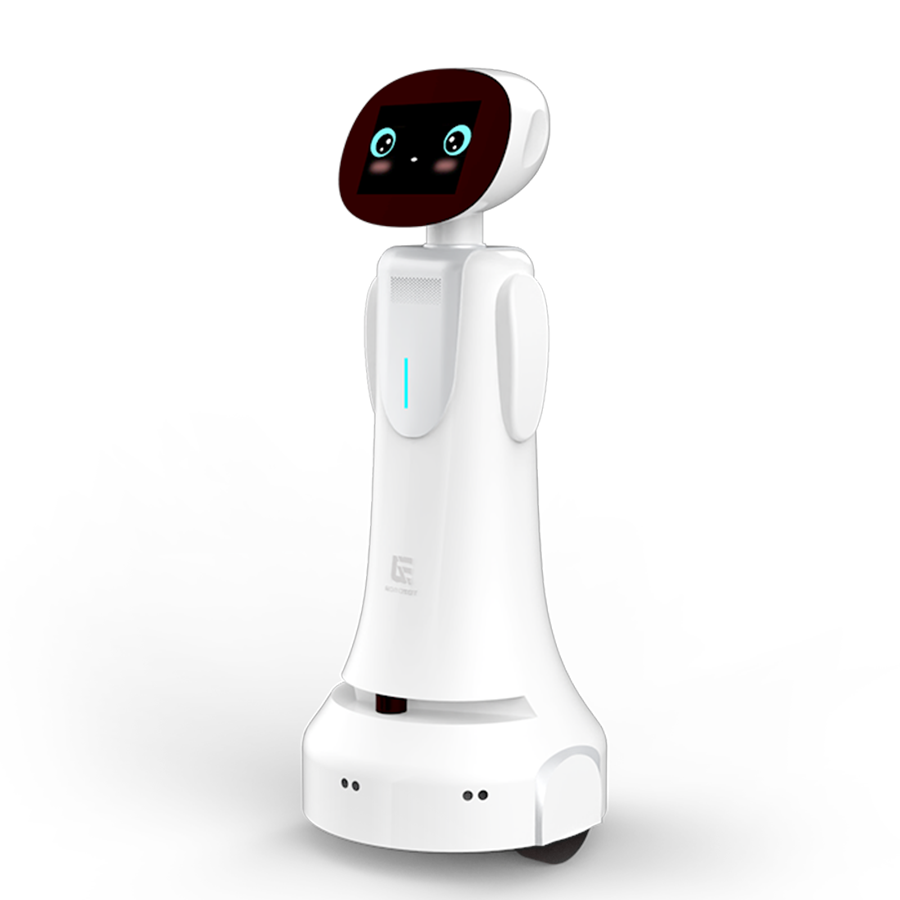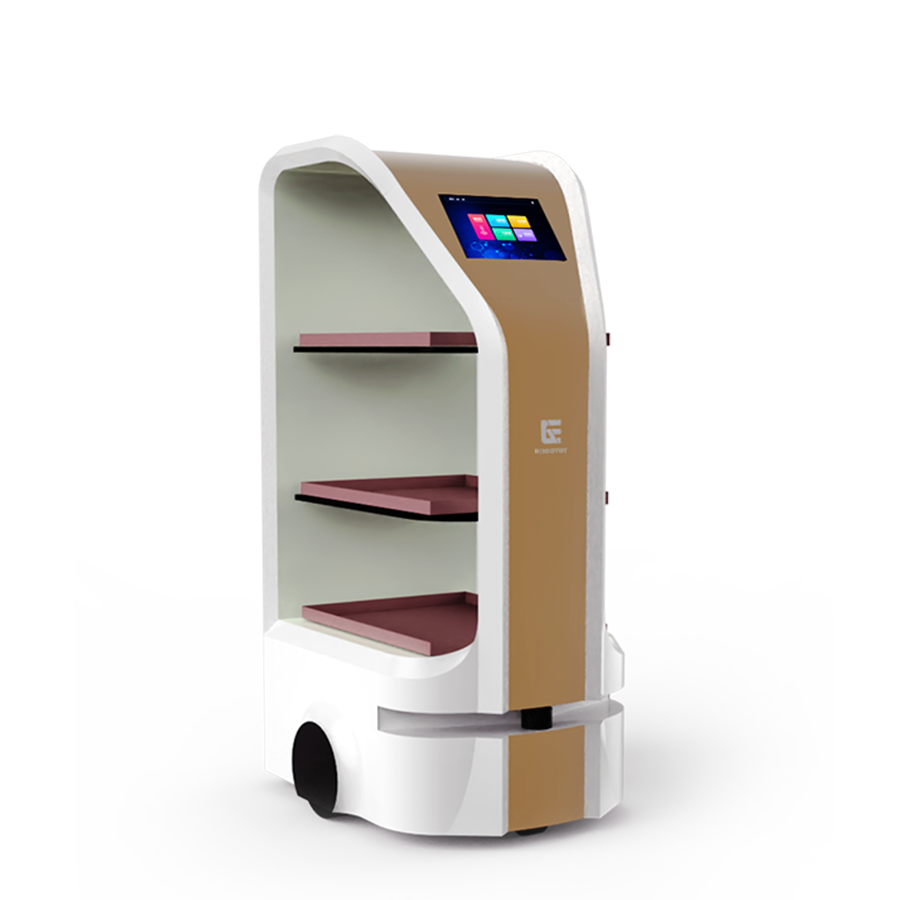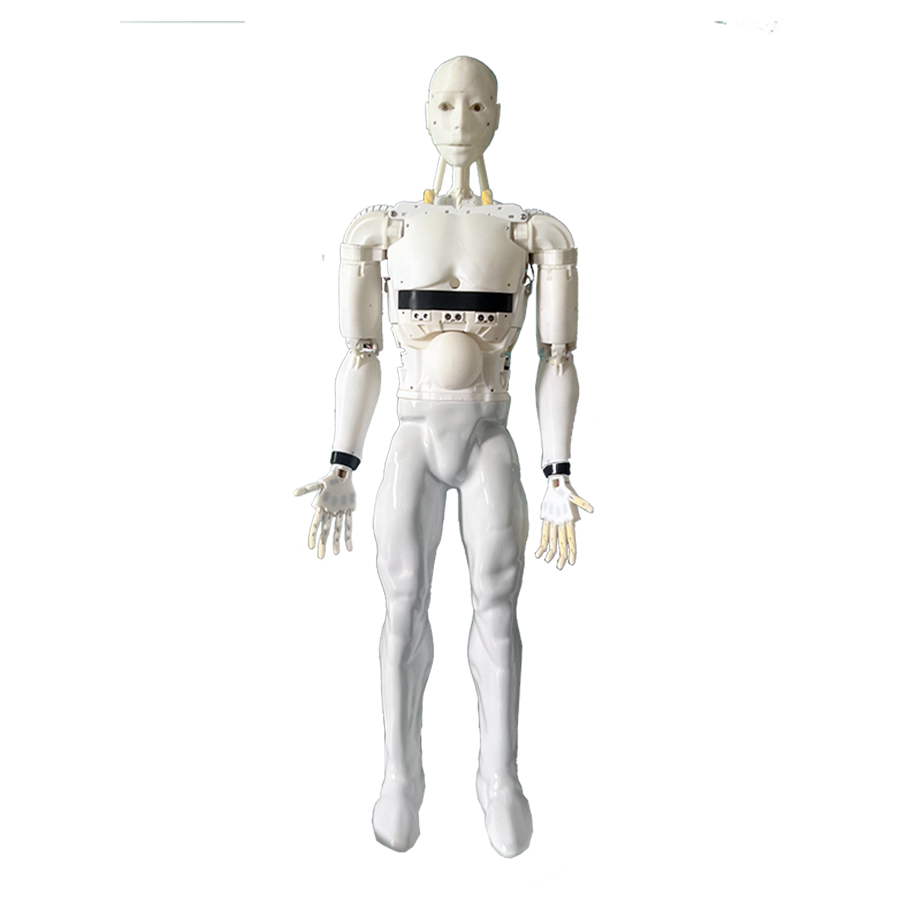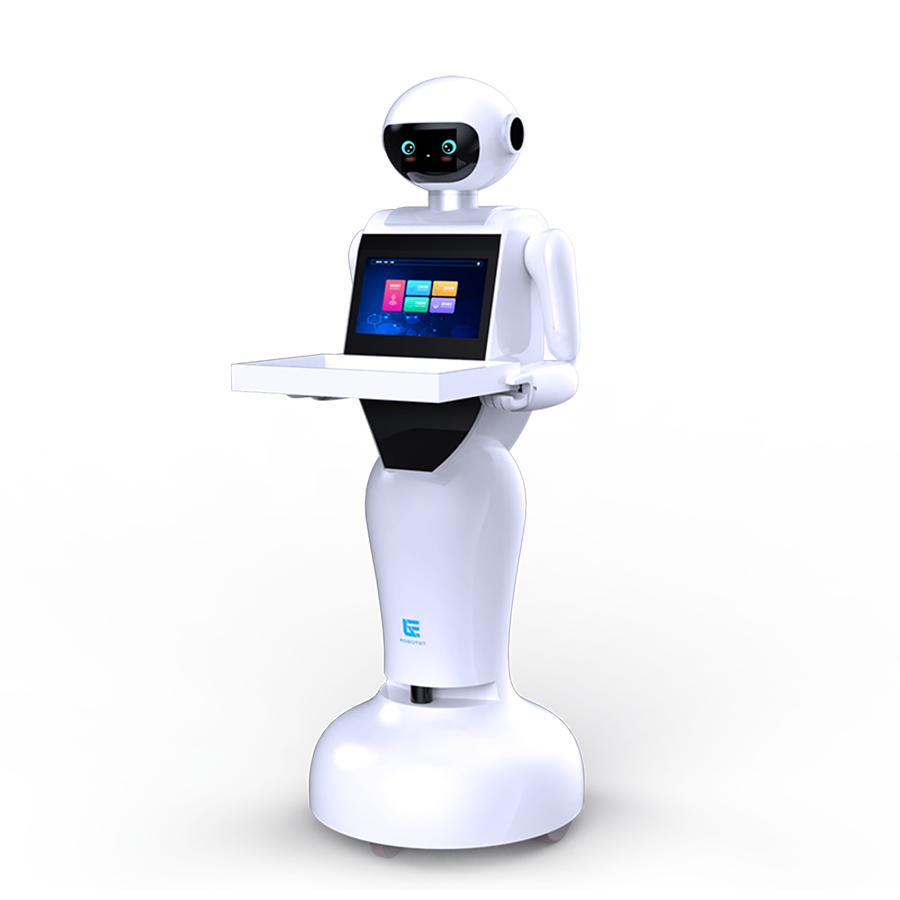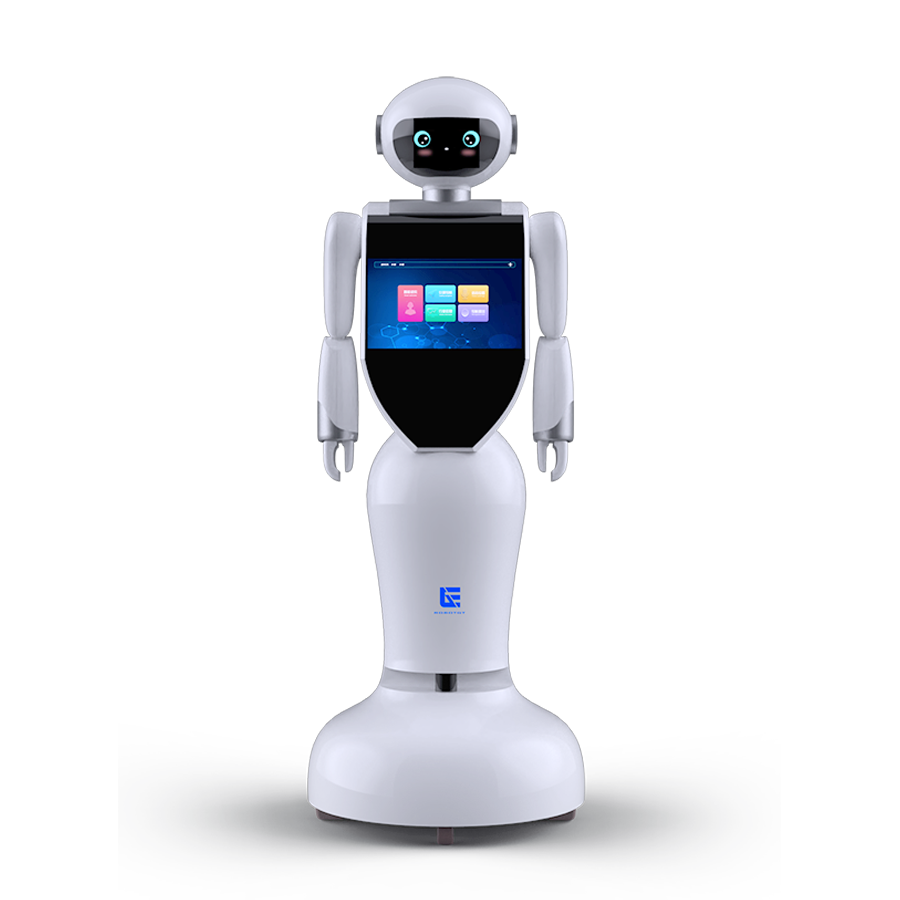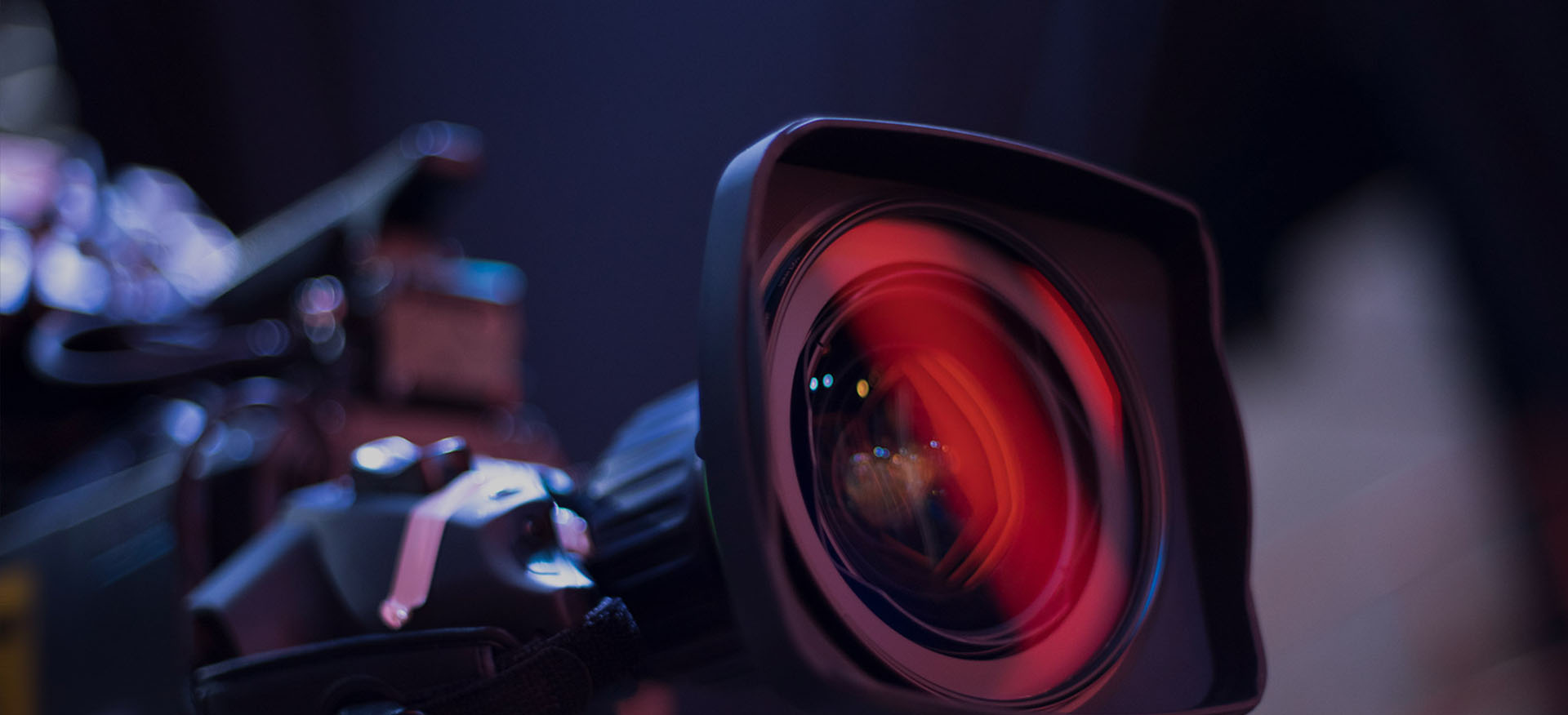

What are the main classifications of mobile robot vision systems?
2024-01-28
The mobile robot vision system refers to the vision system of the mobile robot, which includes two parts: obtaining images through sensors and processing images through computer processors. Based on the number and characteristics of visual sensors, mainstream mobile robot vision systems include monocular vision, binocular standing still vision, binocular vision, and panoramic vision.
1. Monocular visual system
The monocular vision system only uses one visual sensor. The main drawback of monocular vision systems is the loss of depth information during the imaging process due to projecting N-dimensional images from the three-dimensional objective world. However, due to its simple structure, mature algorithms, and low computational complexity, monocular vision systems have been widely used in autonomous mobile robots. Such as for target tracking, indoor positioning and navigation based on monocular features, etc. Meanwhile, monocular vision is the foundation of other types of visual systems, such as binocular stereo vision, binocular vision, etc., which are achieved through additional means and measures on the basis of monocular vision systems.
2. Binocular stereo vision system
The binocular vision system consists of two cameras, which use the principle of triangulation to obtain depth information of the scene. And it can reconstruct the three-dimensional shape and position of surrounding scenery, similar to the stereo function of the human eye, with a simple principle. The binocular vision system needs to have a clear understanding of the spatial position relationship between two cameras. Moreover, the 3D information of the scene environment requires two cameras to simultaneously capture two images of the same scene from different angles. And complex matching is necessary to obtain accurate results. Stereoscopic vision systems can accurately restore the dimensional information of visual scenes and have been widely used in mobile robot positioning and navigation, obstacle avoidance, map construction, and other fields. However, the difficulty in stereo vision systems is the problem of corresponding point matching, which greatly restricts the application prospects of stereo vision in the field of robotics.
3. Multi camera vision system
A multi camera vision system uses three or more cameras, with the majority being a three camera vision system. It is mainly used to solve the problem of matching ambiguity in binocular stereo vision systems and improve matching accuracy. The advantage of a three camera vision system is that it fully utilizes the information of the third camera, reduces incorrect matching, solves the ambiguity of matching in a binocular vision system, and improves positioning accuracy. However, a three camera vision system requires a reasonable placement of the relative positions of the three cameras, and its structural configuration is more cumbersome than that of a binocular vision system. Moreover, the matching algorithm is more complex, requires more time consumption, and has poorer real-time performance.
4. Panoramic Vision System
A multi-directional imaging system with a larger horizontal field of view has the outstanding advantage of having a larger field of view, which can reach 360 °, which is incomparable to other conventional lenses. The panoramic vision system can be achieved through image stitching or reflective optical components. The image stitching method uses single or multiple cameras to rotate and scan the scene at a large angle, obtaining continuous multi frame images in different directions, and then using stitching technology to obtain the panoramic image.


